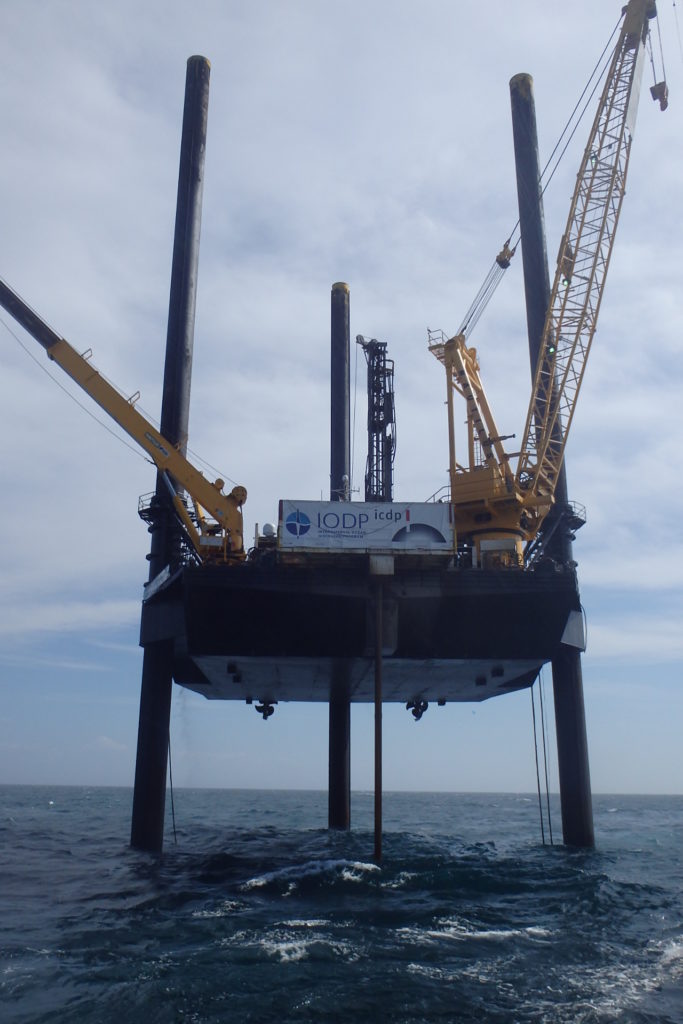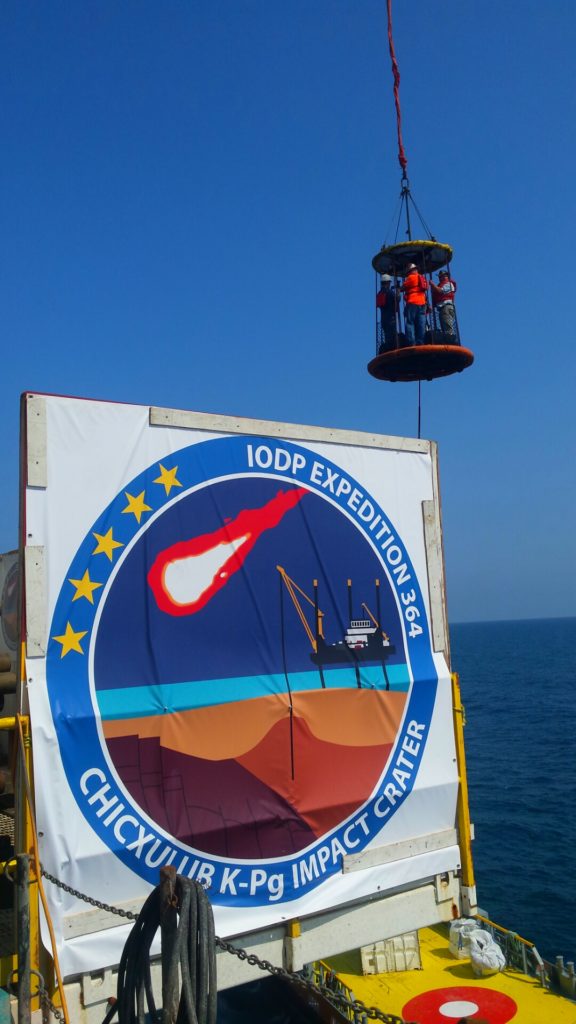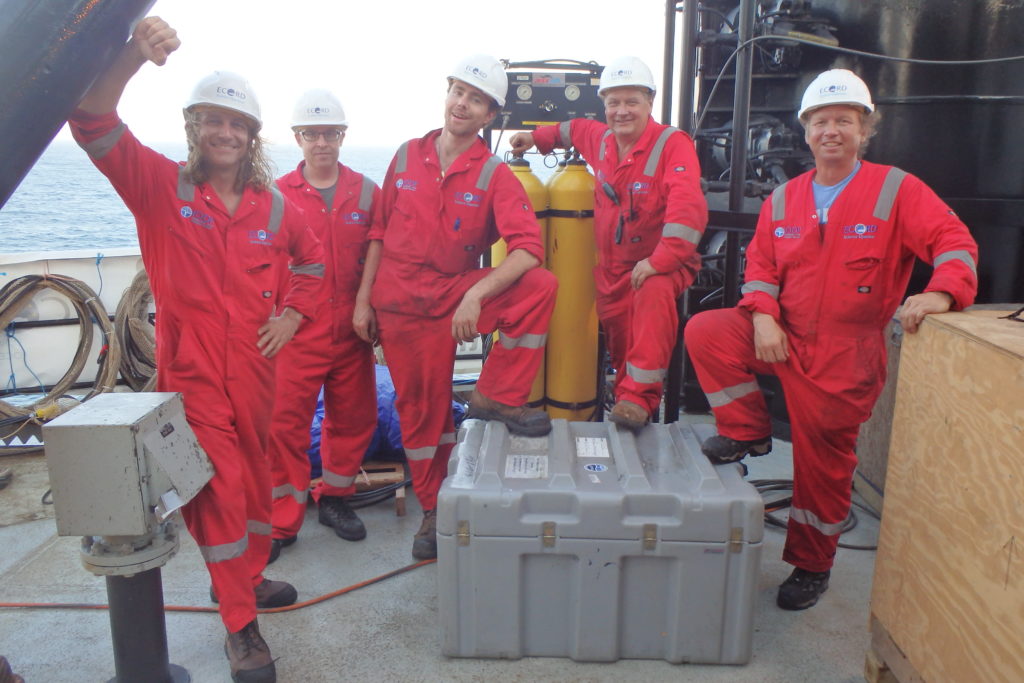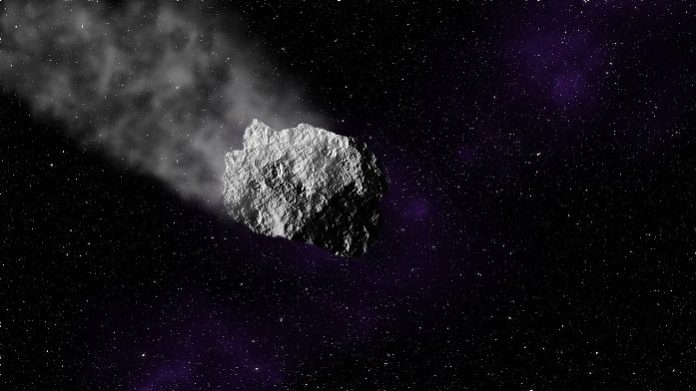About 66 million years ago, the Chicxulub asteroid hit the Earth, triggering mass extinction of many animal species including dinosaurs. Ironically, the same asteroid may have created a habitat for other early life forms.
An international team of researchers, including Gordon Osinski from the University of Western Ontario and Douglas Schmitt from the University of Alberta, have discovered that rocks from the inner edges of the crater were less dense and more porous than anticipated, potentially providing the perfect niche for small organisms to thrive. The study was published last week in Science.
Can you dig it?
The Chicxulub crater is a massive, 180 km wide impact structure, centred on the town of Chicxulub in the Yucatan Peninsula of Mexico. As the only well-preserved crater on Earth with a peak ring, a characteristic ridge inside the crater’s rim, the Chicxulub impact structure is particularly interesting to scientists. But not only is the crater half underwater, it is also covered by about 600 metres of sediment, meaning that getting samples is no easy task.

A massive lift boat was elevated above the water thirty kilometers offshore in the Gulf of Mexico, creating a temporary drilling platform. From there, samples of rock were removed from the crater’s peak ring as far as 1,300 metres below sea level. By studying these rock samples, the team hoped to figure out how these large impact structures form, how rocks behave when subjected to such a powerful force, and how the Earth recovered after such a cataclysmic event.

Don’t be dense
Even before drilling began, the Chicxulub crater was full of mysteries. Seismic surveys showed that the sound speeds in the buried rocks were lower than expected. But it wasn’t until the rocks were in front of them that the team could confirm – the rocks were low density and quite porous.
“These pores might be a place for micro-organisms to hide out if the external environment is not conducive to life otherwise,” says Professor Schmitt.
This increased porosity would have also allowed water from ensuing tsunamis to trickle down, providing nutrients to the micro-organisms.
To support this hypothesis, the team will look for remnants of DNA to determine what kinds of organisms lived within the peak ring. They will also study the first sediments that were deposited on the structure in the years following the impact, to see how recovery occurred in this ravaged environment.

But the Schmitt lab is more interested in the physical properties of the rocks themselves. They are looking forward to doing more advanced measurements of the rock’s structure, including porosity, to learn more about what kinds of changes are caused by such an impact.
Despite its inaccessibility, we are finally on our way to unlocking this unique crater’s secrets.








































